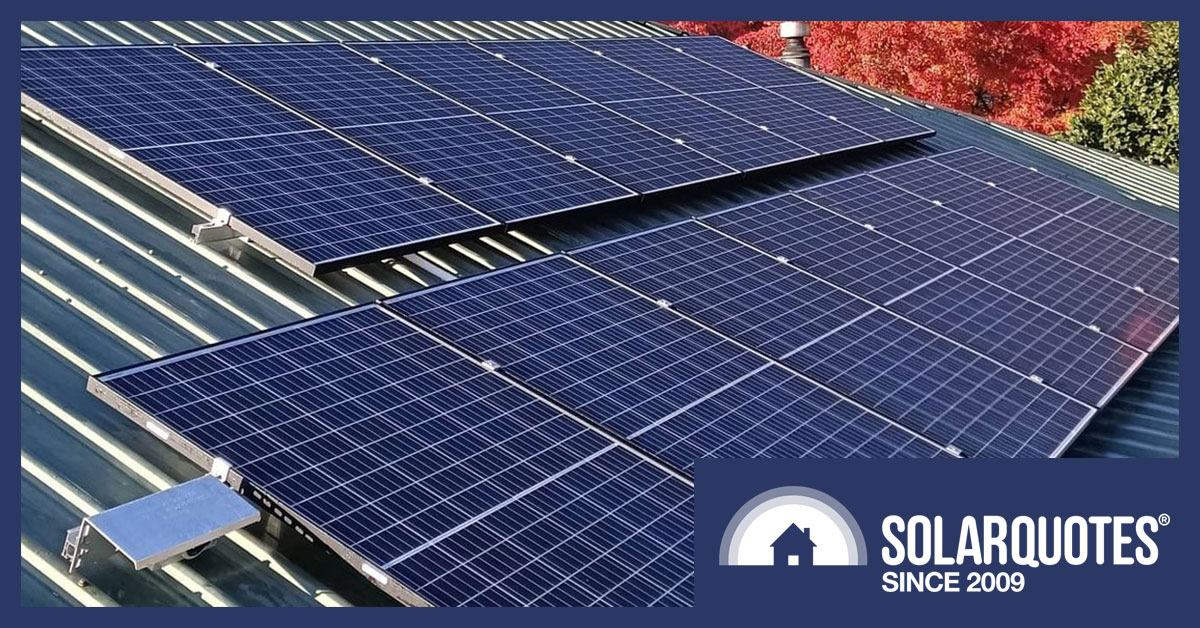
Many premium solar panels are now warranted until…2046.
Solar panel prices have recently risen… except those with 25 year product warranties.
The pandemic’s economic slowdown was severe. But it’s hard to keep humanity’s lust for stuff down, and the economy is bouncing back. The rebound caught many off guard, causing shortages and price rises across an array of industries. Solar is no exception.
But solar panel price rises have been uneven. The wholesale prices of reliable, lower-cost panels with 12 to 15 year product warranties have roughly doubled from their lows of two years ago, but the cost of higher quality solar panels with 25 year product warranties — nearly all of which go on residential roofs — have held steady.
The premium for 25 year product warranty panels can now be under $1,000 for a 10 kilowatt solar system. The difference is so small I recommend paying it.
What I don’t recommend is putting off purchasing solar in the hope prices will fall because:
- Using panels with a 25 year product warranty is a good idea anyway.
- A 10 kilowatt solar power system can provide $1,000 in savings and credit on electricity bills in under six months. This means you stand to lose a lot more than you can gain by waiting for solar prices to fall.
Why Most Solar Panel Prices Are Up
Rapid economic recovery has factories around the world scrambling for workers and materials. Competition for these resources has driven up prices.
Many industries had a major downturn in 2020 and their output has still not recovered. Here’s what happened with world motor vehicle production over the past six years:
In 2019 vehicle production fell 4% from the year before, and in 2020 it fell another 15%. Because it’s hard to turn this decline around quickly, there’s now a long wait for new cars, and prices for second-hand ones are through the roof. (If anyone wants to pay $9,000 for a 2004 Hyundai Getz in Adelaide, let me know in the comments.)
But this didn’t happen to solar. Instead of decreasing, last year solar system installations soared:
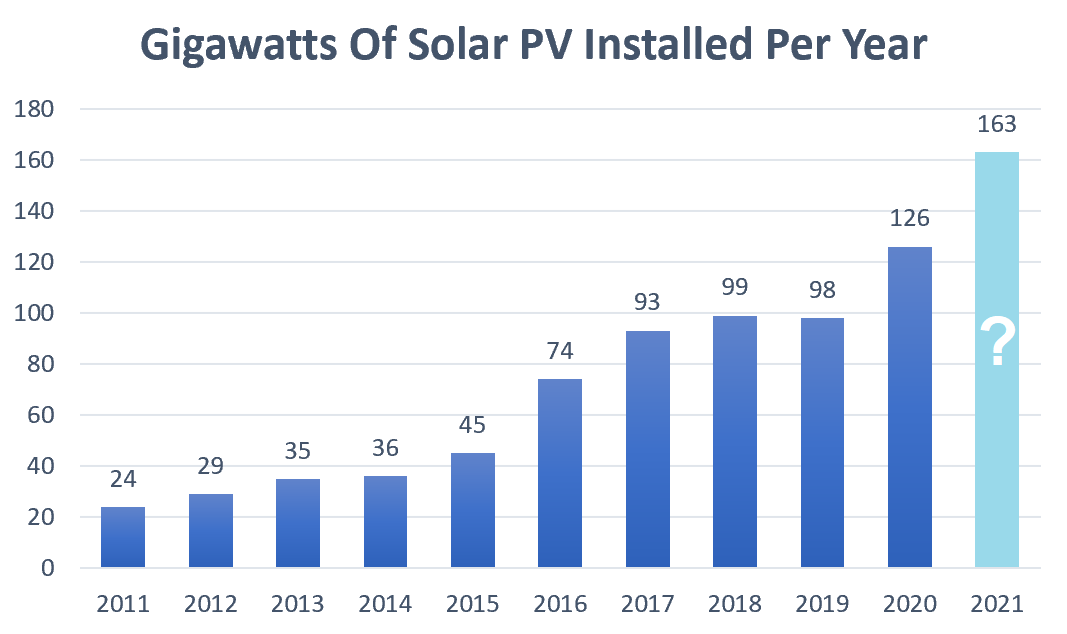
Note PV installation estimates vary between organizations. The figures from 2012 to 2020 are from the International Renewable Energy Agency.
World solar PV installation declined in 2019. Installations only fell 1% from 2018 levels, but this was worse than it looks because, on average, solar installations increase 20% per year. I know that 20% figure looks it has been rounded up to seem more impressive, but that’s how rapidly solar capacity has been growing.
In 2020, solar installation boomed with a 28% increase from 2019 levels. In 2021, installs will be up another 29%, according to one estimate.
So, the solar industry was going gangbusters all last year and is now having trouble meeting demand. This is why the price of many — but not all — solar panels have risen.
Little Overall Effect On Australia
If talk of shortages and price rises have you thinking we’re heading for an inflationary disaster, relax. Over two years, Australian inflation averaged under 1.4% but has ticked up since then and, over two quarters has averaged 3.4%. If you think 3.4% is dangerously high, I’m guessing you are younger than me. The graph below shows the sort of inflation Australians old enough to have paid thousands of dollars to have wisdom teeth ripped out of their heads1 are used to:
So let me know when inflation goes over 10%, and I’ll consider worrying. Anyone trying to convince you we’re heading for hyperinflation is probably peddling their favourite cryptocurrency as an inflation hedge. Which it isn’t.
Shortages Won’t Last Long
The shortages and price hikes we’re seeing around the world won’t last long. It already looks as though prices are heading down for many commodities. A strong point of market economies is they are very good at solving supply problems2.
History shows solar panel price rises don’t last long. The most prolonged increase was three years: 2004 -2006 when average prices rose 12%.
I suspect budget panels will soon fall in price and appear cheap before mid-2022.
Prices Higher For Solar Farm Panels
It looks like demand from solar farms has pushed up prices of panels with 12-15 year product warranties. There’s no matching boom in residential installations, so prices of residential-only panels with longer warranties have not increased.
This could change. There could be a surge in rooftop solar installations in the US or other rich countries. It’s also possible solar farms will decide to use them for big projects — but I doubt that will happen.
What Is A Product Warranty?
After yammering on about product warranties for so long, I should explain what they are. Solar panels come with two warranty types:
- The Performance Warranty: This promises a minimum capacity of a solar panel after 25-30 years. The lowest performance warranty is 80% of the original capacity. The best I know of is for SunPower Maxeon panels, which promise they’ll have at least 92% of their original capacity after 25 years.
- The Product Warranty: This covers defects in production and materials. Five years ago it was 10 years for nearly all solar panels, but now it’s 12-15 years for most, while an increasing number of manufacturers now offer 25 years.
Performance warranties are usually horribly written, but manufacturers can’t use small print to wriggle out of their obligations under Australian Consumer Guarantees. While I’m no lawyer, my understanding is manufacturers will have to support panels for their 25 or 30 year performance warranties, as I explain here.
While manufacturers may have to provide warranty support for the entire performance warranty period, you are still better off with a long product warranty. The best protection against panels failing is not a warranty, but owning panels that never require a warranty claim in the first place.
Only highly reliable solar panels are likely to be given a 25 year product warranty, so if you buy them, you’re likely to be fine even if the manufacturer goes bankrupt and warranty support disappears.
Little Extra Cost For 25 Year Product Warranty
If you want to get some of the best panels available, you can get LG NeON R or SunPower Maxeon3. These are top quality solar panels with a 25 year product warranty — but they’re not cheap.
If you’d rather not buy the absolute top end panels, but still want a 25 year product warranty, you’re in luck. Right now you only need to pay a premium of around 8 cents per watt.
For a 370 watt panel, that’s around $30. For a 6.6 kilowatt system, it’s about $500, and for a 10 kilowatt solar system, it’s $800. You’d have to be pretty hard up for it not to be worthwhile.
Solar Panels With 25 Year Product Warranties
Below is a chart from our Solar 101 guide. It shows all the panels we’d be happy to have on our own roofs.
If a brand isn’t on the graphic, it doesn’t mean it’s bad. But it does mean we’re not certain it’s good, so be cautious and do your research if you’re considering a panel not shown.
I’ve marked all the solar panel manufacturers or, in some cases, specific panels currently offering 25 or 30 year product warranties in yellow. This represents the “golden glow” a long warranty gives them and doesn’t have anything at all to do with me being crap at graphics:
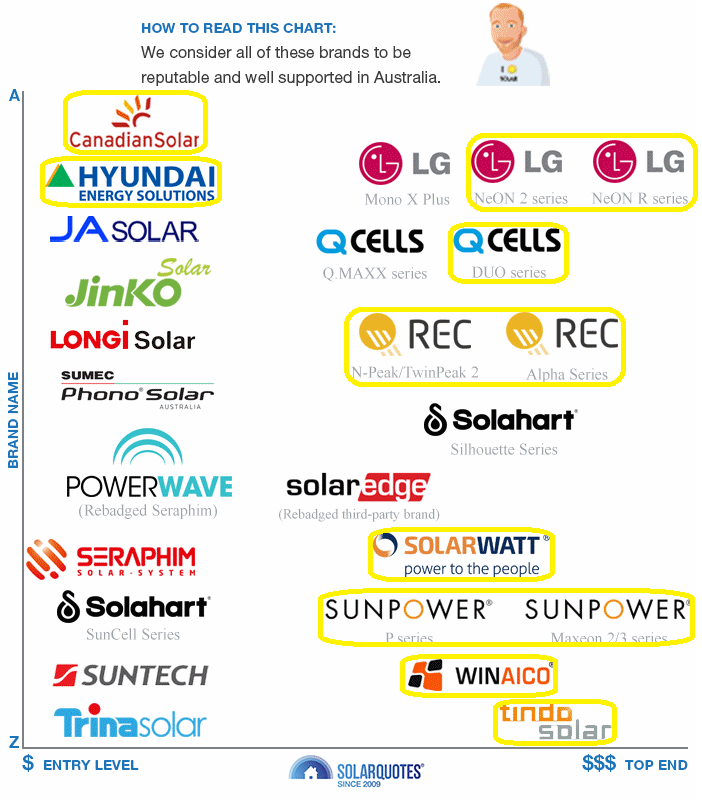
Manufacturers with yellow around them have 25 year product warranties or, in the case of Solarwatt, 30 years. Note a circled manufacturer’s panels may not all have a 25 year product warranty.
The chart is arranged so lower-cost panels are towards the left side while more expensive ones are on the right. As you can see, there are two manufacturers on the left offering 25 year product warranties, so you may think they are the cheapest long product warranty panels available. But at the moment, some manufacturers towards the right are offering excellent prices on their lower cost 25 year product warranty panels.
Higher Energy Output Over Time
Panels with 25 year product warranties are likely to provide slightly higher average energy output over time than typical ones. Because of their durability, they’re likely to lose less capacity over time. Expect a few percent more output over 25 years compared to cheaper solar panels.
Other Components Less Affected By Price Increases
Panels are not the only solar hardware suffering from price increases.
Inverters: While some solar inverter brands have increased their price, most have held steady.
Cabling and Racking: Metals prices are up across the board, increasing the cost of copper cabling and the aluminium rails used to mount rooftop solar panels.
Here’s a graph of copper prices over the past 5 years:
It’s an evil graph because it doesn’t start at zero. It’s also in US dollars, but this is not — intrinsically — evil. But it is up to date and shows copper prices have increased over 60% since 2019, which has pushed up the cost of cabling.
Here’s a graph of aluminium prices over the past five years:
This graph also doesn’t start at zero, but at least it’s in Australian dollars. It has the drawback of not showing the recent modest fall in aluminium prices. Rather than being $3,880 per tonne, today it’s $3,580. That’s around an 8% fall, and if it was included the graph, it would no longer look like aluminium prices are about to punch through the roof. But even with the recent decrease, aluminium is still up 40% from 2019.
History has shown metal prices can halve in in months, but I don’t think you’re likely to save by waiting for copper and aluminium prices to fall before buying a solar power system.
25+ Year Product Warranties Are The Future
All the solar panels we recommend are likely to last for 25 years or more on your roof. But if you get a panel with a 25 year product warranty, the odds of them lasting that long are even better. They’re also more likely to last well beyond 25 years, and I expect many will still work after 40+ years.
While 10 year product warranties used to be standard for all but the most high-end panels, recently there has been an impressive increase in the length of product warranties. In time, product warranties of 25 years will become standard. By then, high-end solar panels may be competing with 30, 40, or 50 year product warranties, and the hard part will be living long enough to take advantage of them.
Thanks to Jet Solar in Wheelers Hill for providing the photo of the solar system at the top of this post.
Footnotes
- Actually, I’ve never paid to have wisdom teeth ripped out of my head because I’ve never had wisdom teeth. This is something I’ve always regretted because my teeth are so gappy I look as though I do more meth than Superman’s parents who decided to keep a baby they found in a crashed spaceship. ↩
- Sure, the failure to price in the cost of externalities, such as greenhouse gas emissions, has led to global warming that may kill more people than World War 2 and COVID combined but — on the bright side — soon you’ll be able to pay a decent price for a new SUV to drive 500m to the gym. ↩
- You can compare solar panel specifications here and learn how to make a comparison here. ↩

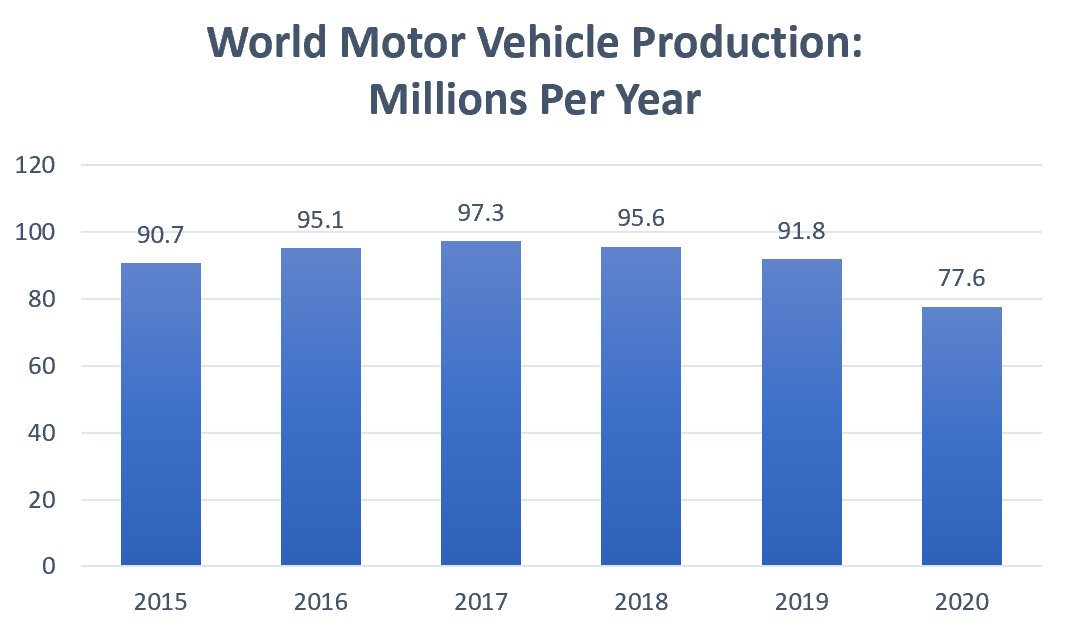
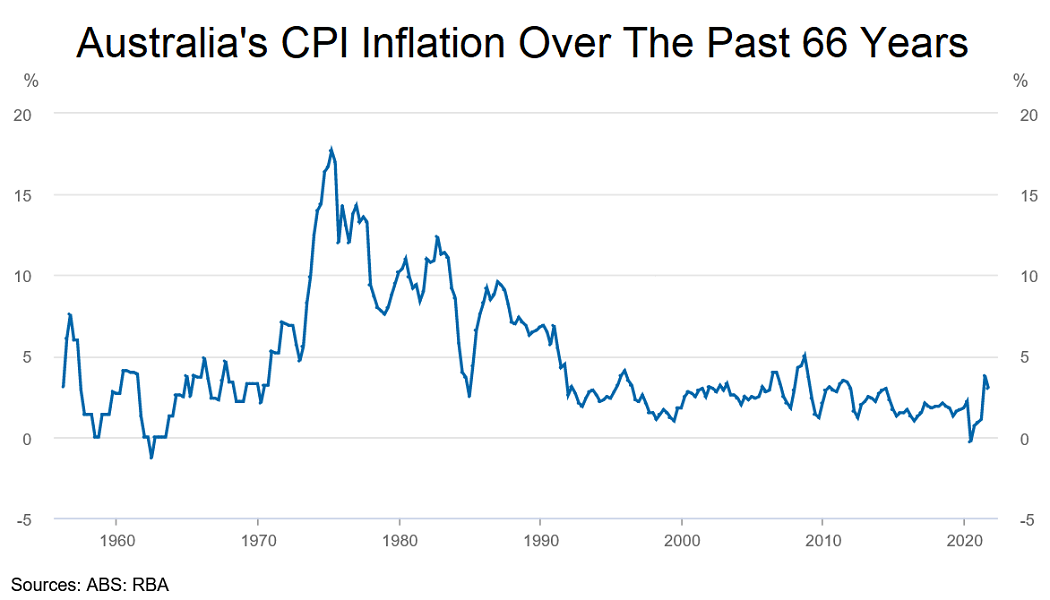

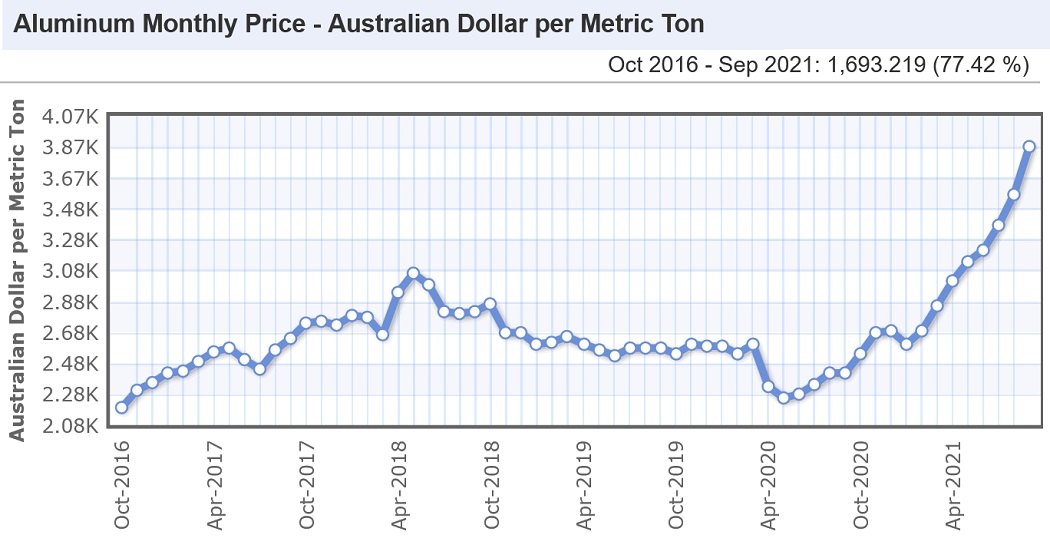
 RSS - Posts
RSS - Posts



Great article thanks Ron.
It answers a lot of questions, also confirming that cheap solar panels are just that…. Cheap (and nasty).
Deciding on a good system overall is quite a minefield.
Are Canadian Solar really that cheap and nasty ?
I was lead to believe that they are a good mid range choice i.e. value for money.
Thank you for being a great advocate for renewables. Well done. In investing in “green” energy it is sometimes difficult to sift out the “green slime” sales pitch from others.
Canadian Solar panels aren’t cheap and nasty. They are among the ones we recommend and we wouldn’t recommend them if they weren’t good quality and we didn’t expect them to last 25+ years on an Australian roof. Canadian Solar is a lower cost producer of quality reliable panels. I’d be fine with having them on my own roof. I’d prefer their panels with the 25 year product warranty — especially at the moment — but I’d be happy with any Canadian Solar panel.
Why do people who live off grid receive no REC’s and no financial assistance with the installation of a house solar power system????
Hi Gary. Off-grid homes can receive Renewable Energy Certificates (STCs). However, there is generally no assistance for buying batteries — although if there is a battery subsidy in your area it is worth checking if that’s the case. South Australia’s battery subsidy wasn’t available to off-grid homes because they wanted home batteries to help lower the costs of grid electricity.
Some panels have a 25-year Product Warranty based on the quality of the materials and engineering that went into making the panel. For example, Sunpower panels have flexible cells and POE encapsulant.
Meanwhile other cheaper panel manufacturers have recently increased their product warranty just as a sales tactic, but without actually improving panel quality. Instead, they’ve simply increased the cost by 5 – 10c/W to cover the longer warranty risk
In other words, they’re still just an ordinary panel but with an extended warranty cost built in.
25 years is a long time though, and businesses come & go. A 25-year warranty isn’t worth much if the manufacturer and/or retailer isn’t around anymore to honour it.
As you said, the best protection against panels failing is not a warranty, but owning quality panels that never require a warranty claim in the first place.
Great Comment mate. And well explained the difference in quality. There are panel manufacturers that have done physically different to the panels which gives them the confidence their products will last longer and then there are others.
Great example of the Sun Power cells being more resistant to flexing and hence physically lowering the risk of micro cracks. Another such product is the German made Solarwatt with its glass-glass construction that minimises stresses on the cells by placing them in a neutral axis thereby minimizing the risk of micro cracks. The glass-glass construction also pretty much eliminates the risk of water ingress which is the second most common panel degradation mechanism.
Can’t argue that the cheaper ones increasing warranty isn’t a sales tactic, but that’s also part of the strategies for those “premium” ones, isnt’ it? I mean how can they compete with the Chinese if the warranty stays the same. I am not saying they are not better built, but surely part of what you pay is reserved for warranty risk.
Maxeon went for 40 yrs I mean come on man. Even if it’s claimed to be backed by science and data, 40 yrs is freaking long. We’d have already colonized Mars by then.
DAVID GREEN is the panel prise quide old and never updated?
solarwatt panels kost is still to be announsed. how long will it take to find the kost?
i fansy buying strong double glass panels to put ontop of my sprinter.
is there any chanse that that tindo solar will stay in business selling a really expensive produkt with only a 12 year warranty.
id read your items even if i wasnt interested in the subjekt, just for your added kometry.
please kritisize my thoughts of buying double glass panels.
Solarwatt panel prices have been announced and selling for the last couple of years at least. Just to confirm, depending on who the retailer is you are dealing with, you can get a system using the German manufactured Solarwatt glass-glass panels with 30 years product and performance warranties somewhere around the price of a similar system using some models of the QCells or REC panels today. Pricewise, Solarwatt is competitively priced today on par with some QCells and REC models and a bit lower priced than some of the more top end priced Sunpower Maxeon and LG NeON R series.
Hi Ronald (great name!). Just noting that though you didn’t circle Jinko panels in the graphic in this post, my recently installed Jinko Solar Tiger TR All Black JKM390N-6RL3-B 390W panels have a 25 year product warranty and 30 year performance warranty. I am however still waiting on a response from the installer as to whether their installation of the panels has been done in a way that will not void the warranty (a few panels installed landscape are clamped on the short edge, which based on a post I read here somewhere, may not be appropriate for large panels like this).
I didn’t circle Jinko Solar simply because their 25 year product warranty panels are rarely used on residential roofs, but I probably should have. Of course, warranty conditions may be an influence on how commonly they’re used.